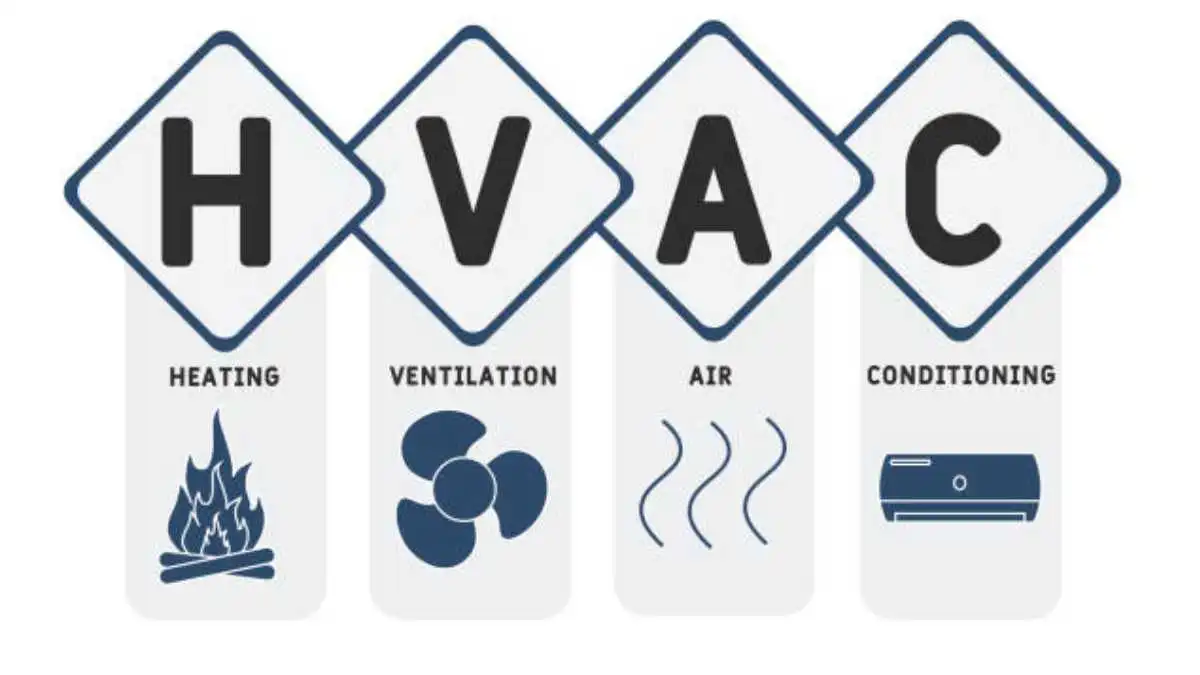HOME IMPROVEMENT
Common HVAC Issues and How to Prevent Them

Picture this: It’s the coldest night of the year, and your furnace suddenly stops working. Or maybe it’s the peak of summer, and your air conditioner won’t cool your home. HVAC problems tend to appear at the worst possible times, leaving homeowners scrambling for solutions. While heating and cooling systems are built to last, they are not immune to wear and tear. Regular maintenance and early detection of issues can help prevent costly repairs and unexpected breakdowns.
HVAC systems are complex, with multiple components working together to regulate indoor temperature and air quality. A minor issue in one part of the system can lead to larger problems if ignored. Many common HVAC problems arise due to neglect, improper installation, or aging equipment. Understanding the most frequent heating and cooling issues can help homeowners take proactive measures to keep their system running efficiently year-round.
Climate Systems knows that proper care and timely repairs can extend the lifespan of an HVAC system. Recognizing the early warning signs of trouble can prevent major disruptions and ensure your home remains comfortable in every season. Here are the most common HVAC issues and what you can do to avoid them.
1. Dirty or Clogged Air Filters
One of the simplest yet most overlooked HVAC problems is a clogged air filter. Air filters trap dust, dirt, pet dander, and other airborne particles to improve indoor air quality. However, when a filter becomes too dirty, it restricts airflow, forcing the system to work harder.
What Happens When Air Filters Are Neglected?
- Reduced airflow causes inefficient heating and cooling.
- Dust and debris accumulate inside the system, leading to more wear and tear.
- Energy bills increase as the HVAC unit struggles to maintain the desired temperature.
How to Prevent This Issue:
- Replace or clean air filters every 1–3 months, depending on usage and household conditions.
- Choose high-quality filters that balance efficiency and airflow.
- Set reminders to check and replace filters regularly, especially during peak heating and cooling seasons.
2. Thermostat Malfunctions
The thermostat acts as the brain of an HVAC system, regulating temperature and cycling the system on and off. If the thermostat isn’t working correctly, the entire system may fail to heat or cool properly.
Signs of a Faulty Thermostat:
- Inconsistent temperatures throughout the home.
- HVAC system cycles on and off too frequently or runs continuously.
- The display is unresponsive or inaccurate.
How to Prevent This Issue:
- Check thermostat settings to ensure it is in the correct mode (heat or cool).
- Replace old batteries if the thermostat is battery-operated.
- Upgrade to a programmable or smart thermostat for better temperature control and efficiency.
3. Uneven Heating and Cooling
Some areas of a home may feel warmer or cooler than others, creating discomfort and frustration. This issue often stems from ductwork problems, improper HVAC sizing, or blockages in the system.
Possible Causes:
- Leaky or poorly insulated ductwork allowing air to escape.
- Blocked vents or registers restricting airflow.
- A system that is too large or too small for the home’s size.
How to Prevent This Issue:
- Ensure vents are open and unobstructed by furniture or curtains.
- Have ductwork inspected for leaks and insulation problems.
- Consult an HVAC contractor to determine if the system is correctly sized for the home.
4. Frequent Cycling or Short Cycling
If an HVAC system turns on and off too frequently, it is likely short cycling. This issue reduces efficiency and puts extra strain on the system’s components.
Why Short Cycling Happens:
- A dirty or clogged air filter limiting airflow.
- Thermostat placement in direct sunlight or near heat sources.
- An oversized system cooling or heating too quickly without completing a full cycle.
How to Prevent This Issue:
- Replace air filters regularly to maintain airflow.
- Ensure the thermostat is installed in a central, neutral location.
- If the system is improperly sized, consult an HVAC contractor about replacement options.
5. Strange Noises Coming from the System
Unusual sounds from an HVAC system often indicate mechanical issues that require immediate attention.
Common HVAC Noises and Their Causes:
- Banging or clunking: Loose or broken internal components.
- Squealing or screeching: Worn-out fan belts or motor bearings.
- Hissing or whistling: Air leaks in ductwork or a refrigerant leak.
- Clicking: Electrical problems or ignition system issues.
How to Prevent This Issue:
- Schedule routine maintenance to check for loose or worn-out parts.
- Lubricate moving components to reduce friction.
- Have unusual noises inspected by a professional to prevent further damage.
6. Refrigerant Leaks
Air conditioners and heat pumps rely on refrigerant to cool and dehumidify indoor air. If refrigerant levels are too low due to a leak, the system will struggle to maintain the desired temperature.
Signs of a Refrigerant Leak:
- Warm air blowing from vents instead of cold air.
- Ice buildup on refrigerant lines or the outdoor unit.
- Increased humidity inside the home.
How to Prevent This Issue:
- Have refrigerant levels checked during annual maintenance.
- Inspect refrigerant lines for signs of wear or corrosion.
- If a leak is suspected, contact a professional for repairs—refrigerant handling requires specialized expertise.
7. Pilot Light or Ignition Problems
Gas furnaces rely on a pilot light or electronic ignition system to start the heating process. If these components malfunction, the furnace may not produce heat.
Causes of Pilot Light or Ignition Failure:
- A dirty or faulty flame sensor preventing ignition.
- A thermocouple failure causing the pilot light to go out.
- Gas supply issues affecting combustion.
How to Prevent This Issue:
- Keep the ignition system clean and free of debris.
- Have gas lines and connections inspected for safety.
- Schedule annual furnace maintenance to check pilot light and ignition components.
8. Poor Indoor Air Quality
HVAC systems play a major role in indoor air quality, filtering out dust, allergens, and pollutants. If air quality declines, it could be due to neglected maintenance or system inefficiencies.
Factors That Reduce Indoor Air Quality:
- Dirty air filters circulating contaminants.
- Mold or dust buildup in ductwork.
- Poor humidity control leading to excessive moisture or dryness.
How to Prevent This Issue:
- Use high-quality air filters and replace them regularly.
- Consider adding an air purifier or dehumidifier for better air quality.
- Have ductwork cleaned and inspected for mold or debris buildup.
Final Thoughts
HVAC systems are essential for maintaining indoor comfort, but they require proper care to function efficiently. Many common heating and cooling issues stem from neglect or minor malfunctions that escalate over time. Recognizing early warning signs and performing routine maintenance can prevent costly repairs and system failures.
A well-maintained HVAC system provides consistent comfort, better energy efficiency, and improved air quality. Climate Systems Air Conditioning & Heating encourages homeowners to stay proactive with their HVAC care, ensuring reliable performance throughout the year. Taking small steps today can help avoid major HVAC problems in the future.
-

 BIOGRAPHY6 months ago
BIOGRAPHY6 months agoBehind the Scenes with Sandra Orlow: An Exclusive Interview
-

 HOME1 year ago
HOME1 year agoDiscovering Insights: A Deep Dive into the //vital-mag.net blog
-

 HOME1 year ago
HOME1 year agoSifangds in Action: Real-Life Applications and Success Stories
-

 BIOGRAPHY1 year ago
BIOGRAPHY1 year agoThe Woman Behind the Comedian: Meet Andrew Santino Wife




























